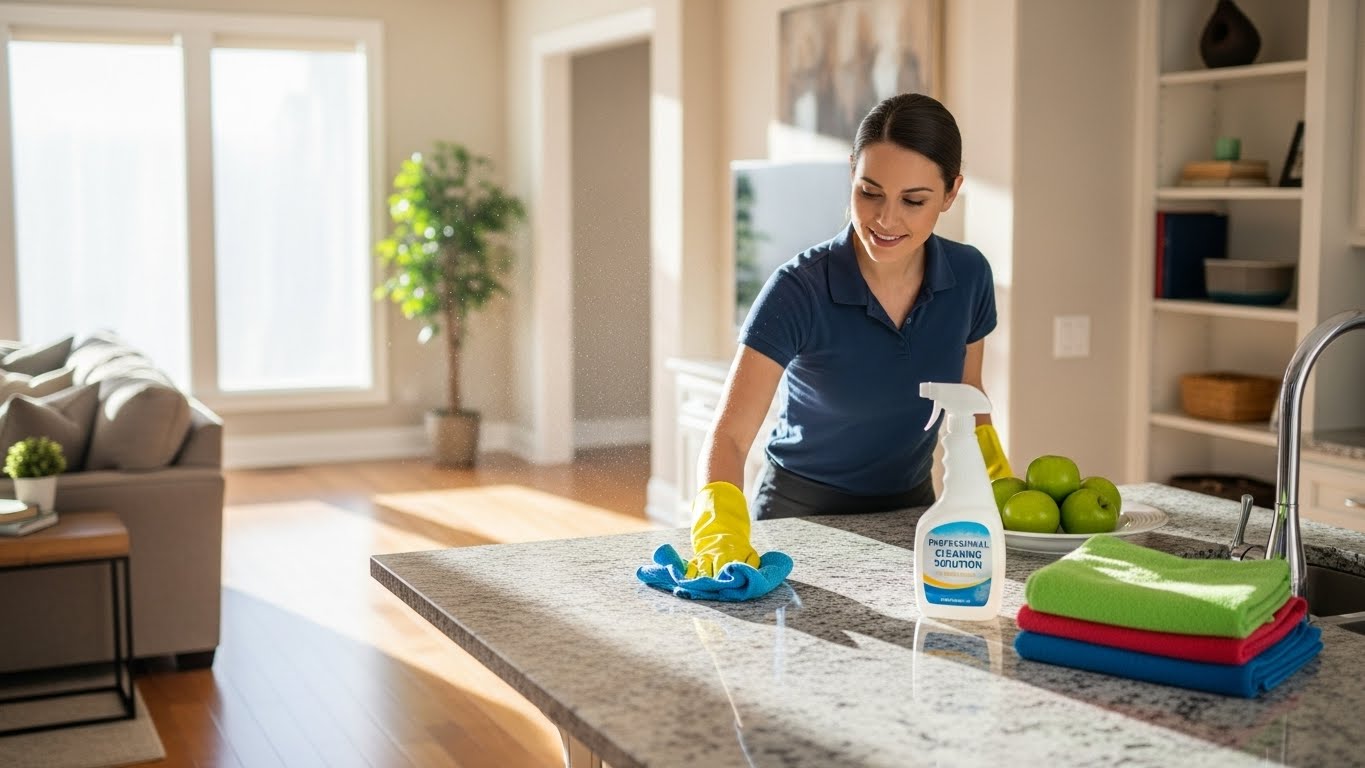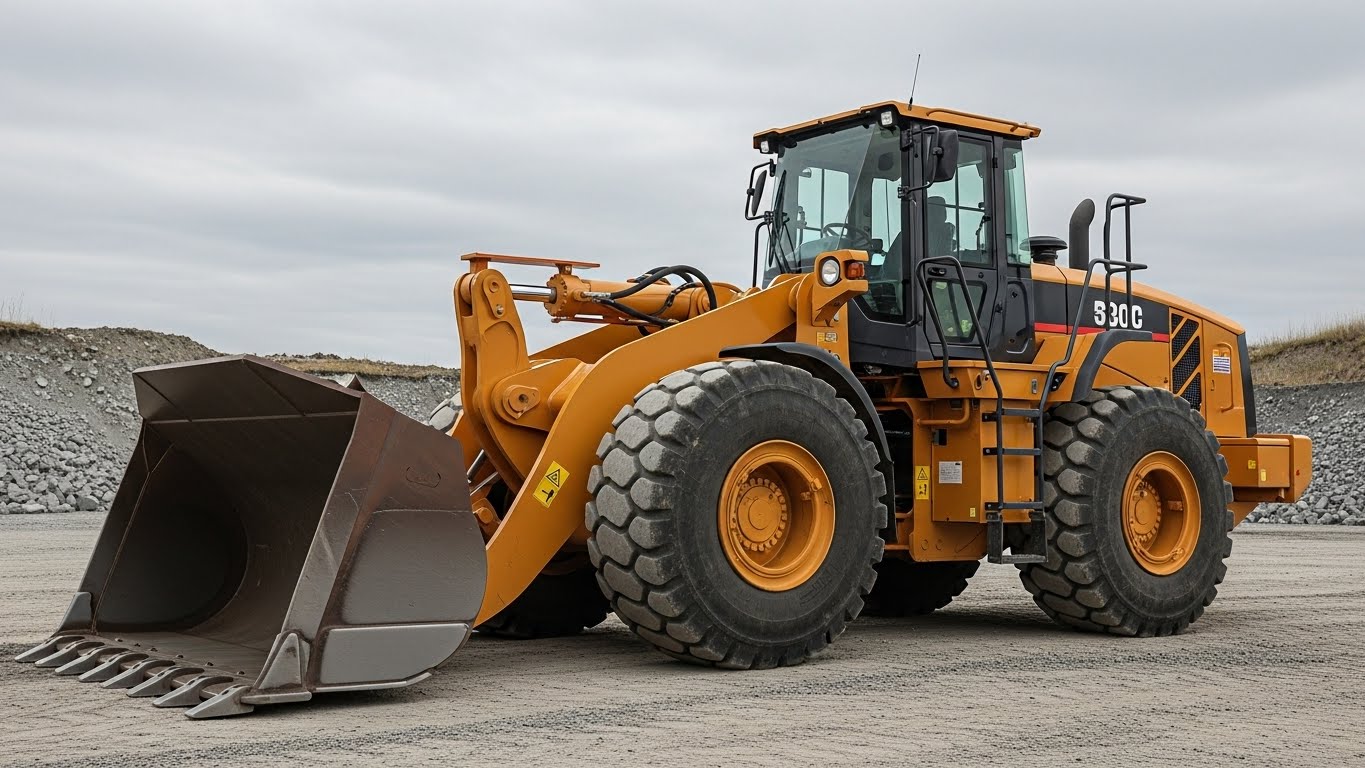Introduction to Calibration
When people talk about efficiency and industrial standards, the word calibration or kalibraatio in Finnish tends to go unmentioned. However, its importance is immeasurable. Think about all the industries that would be in disarray if measuring devices were consistently inaccurate. This includes healthcare and manufacturing. Ensuring precision and accuracy is where calibration truly shines.
Keeping up with quality control and regulatory compliance in today’s fast-paced industrial context requires an awareness of kalibraatio. Accurate calibration procedures are essential to achieving operational success in today’s excellence-driven industry.
How may efficient calibration methods improve productivity while reducing errors? Let’s investigate this important issue further. From seasoned professionals to those just starting out, this is a must-read for everybody working in today’s service and industrial industries.
The Importance of Calibration in Modern Industry
A contemporary industry’s quality control system would not be complete without calibration. It is critical for efficiency and safety that instruments and equipment provide precise readings, and it does just that.
A high degree of accuracy is essential in several industries, such as the pharmaceutical, industrial, and aerospace industries. In the long run, even a little detour might cause major problems.
Maintaining conformity with industry standards is another benefit of routine calibration. Both the product’s authenticity and the buyers’ faith in it are protected by this.
You may save a lot of money on mistakes and redos by investing in calibrating. Organizations may save time and effort by avoiding problems with tools right from the start.
Overall productivity is enhanced and waste is minimized through effective calibration. The importance of kalibraatio in ensuring consistent quality across disciplines is only going to grow as a result of technological advancements in the industrial sector.
Understanding the Process of Calibration
Accurate findings from measuring devices and equipment may be guaranteed by calibration, a methodical procedure. Using a reference or standard, it compares the results of an instrument’s measurements.
Choosing suitable criteria that can be tracked to established national or worldwide benchmarks is the initial stage in most cases. Businesses that rely on pinpoint accuracy cannot function without it.
The next step is to make the necessary modifications in case any differences are found when comparing. The instrument’s output will be more in line with industry standards after these modifications.
Accurate documentation is essential during the calibration process. For the sake of quality control and regulatory compliance, every single step has to be properly documented.
It is also crucial to conduct regular inspections. Over time, even equipment that have been calibrated might drift because of wear, environmental variables, or how they are used. In order to prevent mistakes that might end up costing a lot of money, continuous monitoring is essential.
Types of Equipment that Require Calibration
Equipment calibration is a must for many different kinds of machinery used in many different kinds of businesses. Thermometers, pressure gauges, and other measurement devices are excellent examples. For reliable readings, they require exact calibration.
Laboratory analytical balances also require routine calibration. Inconsistencies in study findings or product quality might be caused by even a minor mistake.
Furthermore, it is essential to constantly calibrate medical instruments like blood glucose monitors. These tools are vital for patients to make important decisions about their health.
Also crucial is the involvement of industrial machinery. In order to keep CNC machines and robotic arms running efficiently and with little waste, precise calibration is essential.
It is also necessary to tend to environmental monitoring equipment. In order to ensure reliable data that is critical for safety laws and compliance requirements, air and water quality sensors should be calibrated on a regular basis.
Benefits of Regular Calibration
Ensuring operational efficiency relies on regular calibration. It guarantees that machinery keeps running smoothly and accurately.
Businesses may have faith in their measurements when devices are calibrated consistently. This aids in preventing expensive mistakes and boosts faith in quality control procedures.
Conformity to industry standards is an additional major advantage. Compliance with rules necessitates frequent calibration in several industries. You may avoid fines and boost your reputation by following these rules.
Also, equipment lasts longer with regular calibration. Companies may save maintenance expenses in the long run by preventing wear and tear by catching problems early.
Organizations see a rise in output. Reduced downtime due to inaccurate readings or malfunctioning equipment and streamlined processes are the results of using accurate tools.
Common Challenges and Solutions in the Calibration Process
Although calibration is crucial, it is not without its difficulties. The absence of established protocols is a prevalent problem. Calibration discrepancies might occur in the absence of a standard procedure. Inaccurate measurements and a decline in quality might result from this.
Time limitations present still another obstacle. It might be challenging to provide enough time for accurate calibration when industries are running on tight timelines. Serious consequences may arise later on if this step is skipped or rushed.
Drift in the equipment is another potential issue. Wear and environmental variables can cause instruments to lose accuracy over time. It is critical to do routine maintenance inspections in this area to detect inconsistencies before they escalate.
Equally important is providing enough training for employees. Performance might be negatively impacted by a lack of understanding of calibrating processes. Investing in ongoing training gives employees the tools they need to perform accurate calibrations.
Choosing a Trusted Calibration Service Provider
If you care about the accuracy and compliance of your equipment, you must choose a trustworthy calibration service provider. Do your homework on well-known brands in the sector first. Try to get certificates that say they follow international standards, like ISO 17025.
To determine their credibility, read reviews and testimonies left by previous customers. You may learn a lot about a company’s responsiveness and service quality from reviews left by previous customers.
Their calibrating techniques and technologies should also be inquired about. A reliable service should cater to your unique needs by using cutting-edge technology.
Don’t be shy about inquiring about price and turnaround times right away. Being open and honest in these areas is usually a sign of professionalism.
Think about if they provide supplementary services, such as maintenance inspections, or if they provide continuous assistance. Your equipment will last longer and work consistently thanks to a thorough relationship that ensures good kalibraatio procedures.
Conclusion and Future Outlook for Kalibraatio
Looking ahead, kalibraatio’s function in contemporary industry is always changing. Calibration is going to be more important as technology progresses and more people start depending on accurate measurements. More and more, businesses are turning to digital solutions and automation, which places a premium on precision.
Smart sensors and real-time monitoring systems are potential future advancements that might simplify calibration. These technologies show potential in enhancing overall efficiency and decreasing downtime.
Not only that, but regulations are getting tighter in many kinds of industries. Ensuring quality assurance and compliance requires strict adherence to these principles. In order to achieve these standards and guarantee product safety, organizations should emphasize frequent calibration.
It will be crucial to choose a trustworthy calibration service supplier in this ever-changing market. Businesses seek out associates that are well-versed in both their unique requirements and the most recent developments in precisely calibrating machinery.
When it comes to manufacturing, Kalibraatio will continue to be a leader, impacting every step of the process and the quality of the end product. Organizations may achieve better success in a highly competitive market by embracing this essential factor.











